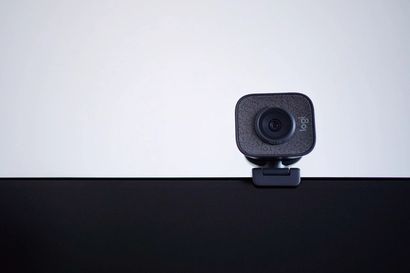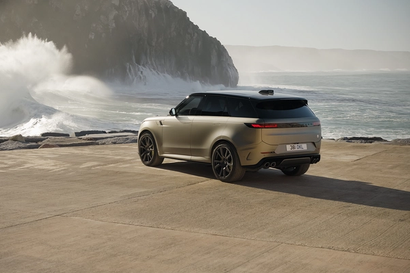In 1967, the first Range Rover prototype was built. Although slightly similar to the shape of the SUV we know today, the front grille and headlights were a far cry from the iconic design we know today. However, over the course of the following two years, British Leyland’s top men tweaked and experimented with the car until it resembled the icon it would one day become.
And it wasn’t just the designs that differed. In the year between 1969 and 1970, the Range Rover went through 26 different engine variations and set ups to gauge what would be the best way to mechanically drive this machine. And they got it right – because those 26 engines led to one that would be continuously produced for 26 years.

The first Range Rover rolled off the production line – in Solihull – in 1970. And, whilst the silhouette looked recognisably like the generation of the car we see driving our roads today, the composition and purpose was somewhat different. For, unlike competitor’s models such as the Jeep Wagoneer, the initial Range Rover was not intended to be a luxury vehicle.

Although it was clearly more luxuriously constructed than its Land Rover cousins, the first models had basic plastic dashboards, vinyl seating and other ‘wipe clean’ surfaces, which were designed to facilitate the car’s off-road credentials. And, for the first decade, the Range Rover was only available in a 2-door version. It was only when the decadent, ‘big’ years of the 1980s hit that the car doubled in doors, and was fitted with carpeted floors, power steering, air conditioning and wooden interior trim – a byword for modern elegance.
The engine, too, went through several iterations during the first generation of Range Rovers. Initially, a detuned 130 horsepower engine powered the car, a variation of the Rover V8. But, over time, this original 3.5-litre engine grew to 3.9-litre and eventually a 4.2-litre. By the time 1992 rolled around, Range Rover had even introduced diesel engines – just one indicator of the changes to come…
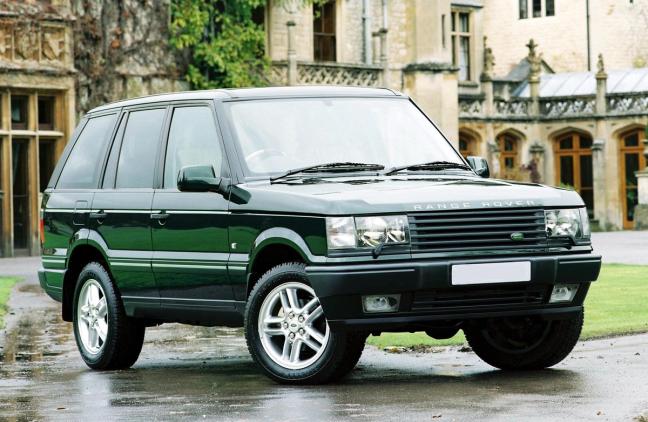
25 years after the inception of Range Rover, the company decided it was time for a facelift. And, whilst a quarter century is an incredibly long time for a car to be in production, it also gave the chance for the mechanics and designers at Range Rover to cook up a successor worthy to wear the iconic bonnet-spanning Range Rover badge.
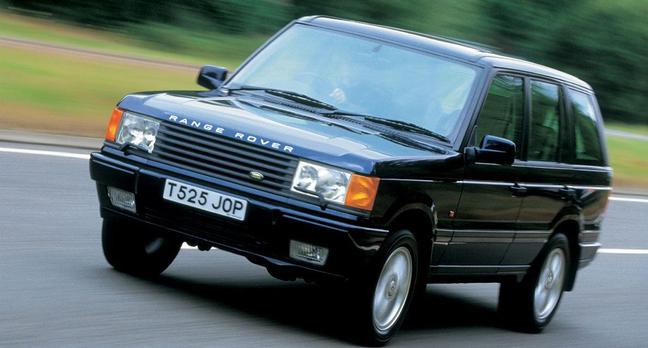
Introduced for the 1995 model year, and with a yet further updated version of the Rover V8 engine that powered the first ever Range Rover, the British brand also introduced the option of a 2.5-litre BMW six-cylinder turbo-diesel engine. The first time diesel injection with electronic controls had been used in a Land Rover of any sort, this once again showed the time and money the brand put into the Range Rover – and how it was nothing but the best for this most luxurious of SUVs.
A little over two inches longer than its predecessor, this was the first Range Rover to ever feature satellite navigation – a real mod con at the time – but was sadly the last to feature interior leather supplied by British heritage brand Connolly, a car leather supplier since 1878 who went bust in 2002.
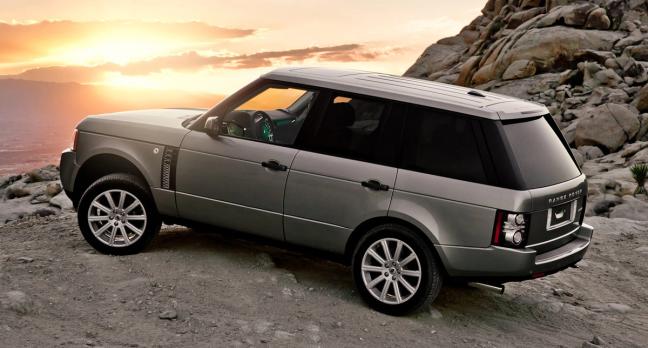
The Third Generation of Range Rovers was destined to live a little longer than the second. With a decade under its belt by the time it moved on in 2012, this was also the period of most change for the Great British brand – and the years during which it drove up the market to become synonymous with automotive luxury the world over.

Planned and developed under BMW ownership, many of the components were German. It was even designed to accommodate the brand’s 4.4-litre V8 for future models. In another controversial move, the manual was dropped altogether to make was for the automatic. The interiors, too, saw supercharged trim and black piano finish introduced until, in 2010, the car began to see a shift once again.
Despite still being termed the Third Generation, as the decade progressed, Jaguar’s influence was seen to be pushing out that of BMW. Updated electronics, including fibre-optics and Bluetooth, were introduced bearing Jaguar’s name, and a facelift that altered the fascia, tail lamps and side grills mirrored interior changes that paved the way for the Range Rover we know today…
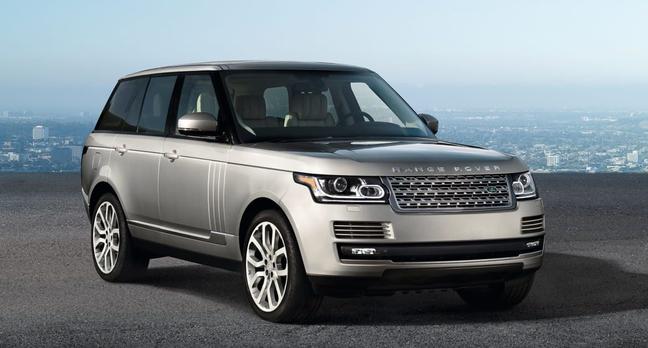
At 2012’s Paris Motor Show, Range Rover unveiled their Fourth Generation model – the first with an all-aluminium monocoque body. This material change meant a reduction in weight of almost half a metric ton from the previous model and this, coupled with a new version of the brand’s Terrain Response technology ushered in an age of focusing on not only the luxury, but also the performance of this by-now iconic car.

All engine options have an eight-speed transmission, and paddle shift controls. Permanent intelligent four-wheel drive and a 50/50 torque split introduced a new type of SUV – one which never sacrifices traction, stability or handling in on or off-road conditions. Inside, the focus remained on decadence – with new veneers and trims, optimum entertainment systems and elegant, all-new rear seating pairing up with seamlessly integrated technology for the ultimate luxury ride.
In 2013, the first Range Rover Hybrid was also introduced at the Frankfurt Motor Show. With deliveries starting in 2014, this was the first time electric drive power had been integrated into such a large, powerful luxury SUV – and it was the first of many hybrid advancements to come. And, just last week, the flagship model for 2018 was revealed, a face-lifted Fourth Generation Range Rover with Velar-inspired front grille and a much-improved hybrid engine system.
But, through all the innovation and redesign, the heart of a Range Rover has remained; that of luxury adventure – and a testament to British engineering.

Become a Gentleman’s Journal Member?
Like the Gentleman’s Journal? Why not join the Clubhouse, a special kind of private club where members receive offers and experiences from hand-picked, premium brands. You will also receive invites to exclusive events, the quarterly print magazine delivered directly to your door and your own membership card.

